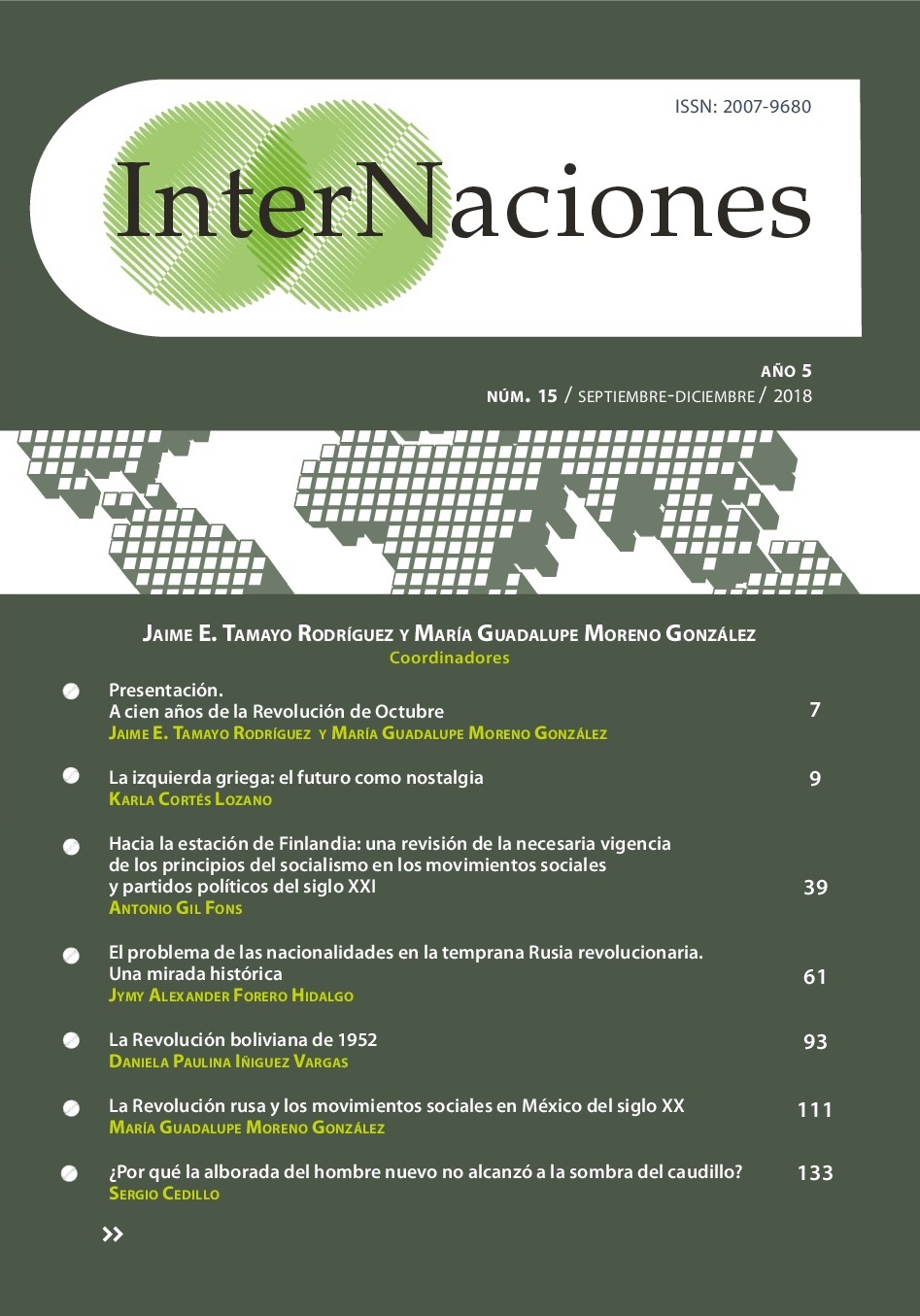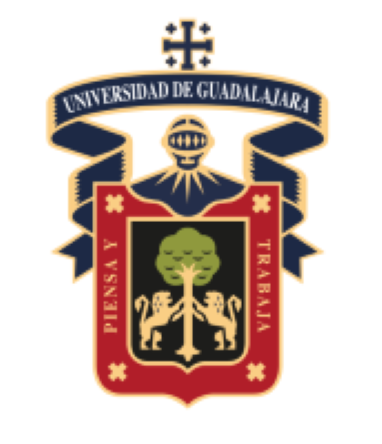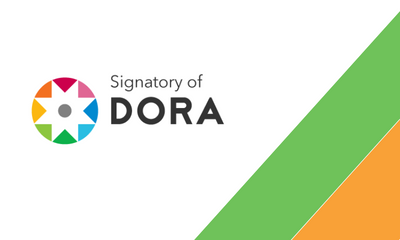The Bolivian revolution of 1952
DOI:
https://doi.org/10.32870/in.v5i15.7090Keywords:
Revolución democrático-burguesa, MNR, Bolivia, co-gobierno, Asamblea Popular, obreros y campesinosAbstract
The Bolivian revolution of 1952 has been the closest experience to the duality of powers manifest in Russia in 1917. The transition from the bourgeois-democratic movement to the proletarian movement was seen in the institutionalization of the co-government between Hernán Siles Zuazo, of the Nationalist Movement Revolutionary, and Juan Lechín Oquendo, leader of the Union Federation of Mining Workers of Bolivia. But the closest thing to the implementation of the dictatorship of the proletariat was established in the Popular Assembly - a worker, popular and peasant alliance - in 1971, during the government of Juan José Torres. However, the establishment of socialism was far from being realized due to countless coups d'état, weak administrations and the application of the neoliberal model imposed by the United States. Although the miners fought and achieved victories, their lack of preparation to assume power themselves relegated them to mere political instruments. But here the capacity of Bolivian workers and peasants to take over the power of the State is reflected.Downloads
Downloads
Published
How to Cite
Issue
Section
License
Copyright (c) 2018 Universidad de Guadalajara

This work is licensed under a Creative Commons Attribution-NonCommercial-ShareAlike 4.0 International License.
CC BY-NC-SA 4.0 https://creativecommons.org/licenses/by-nc-sa/4.0/



























